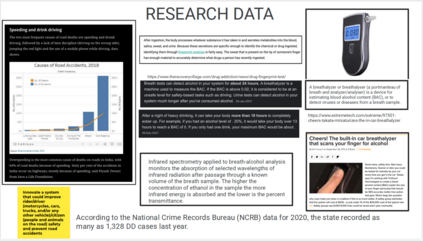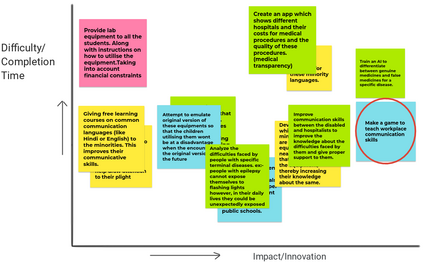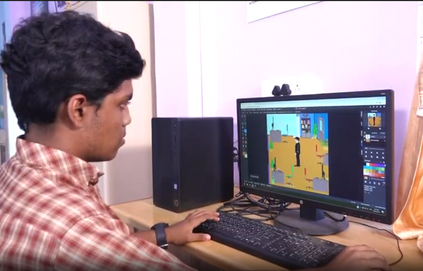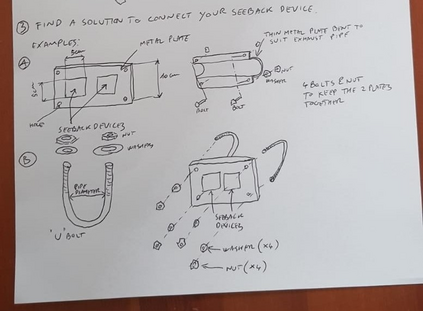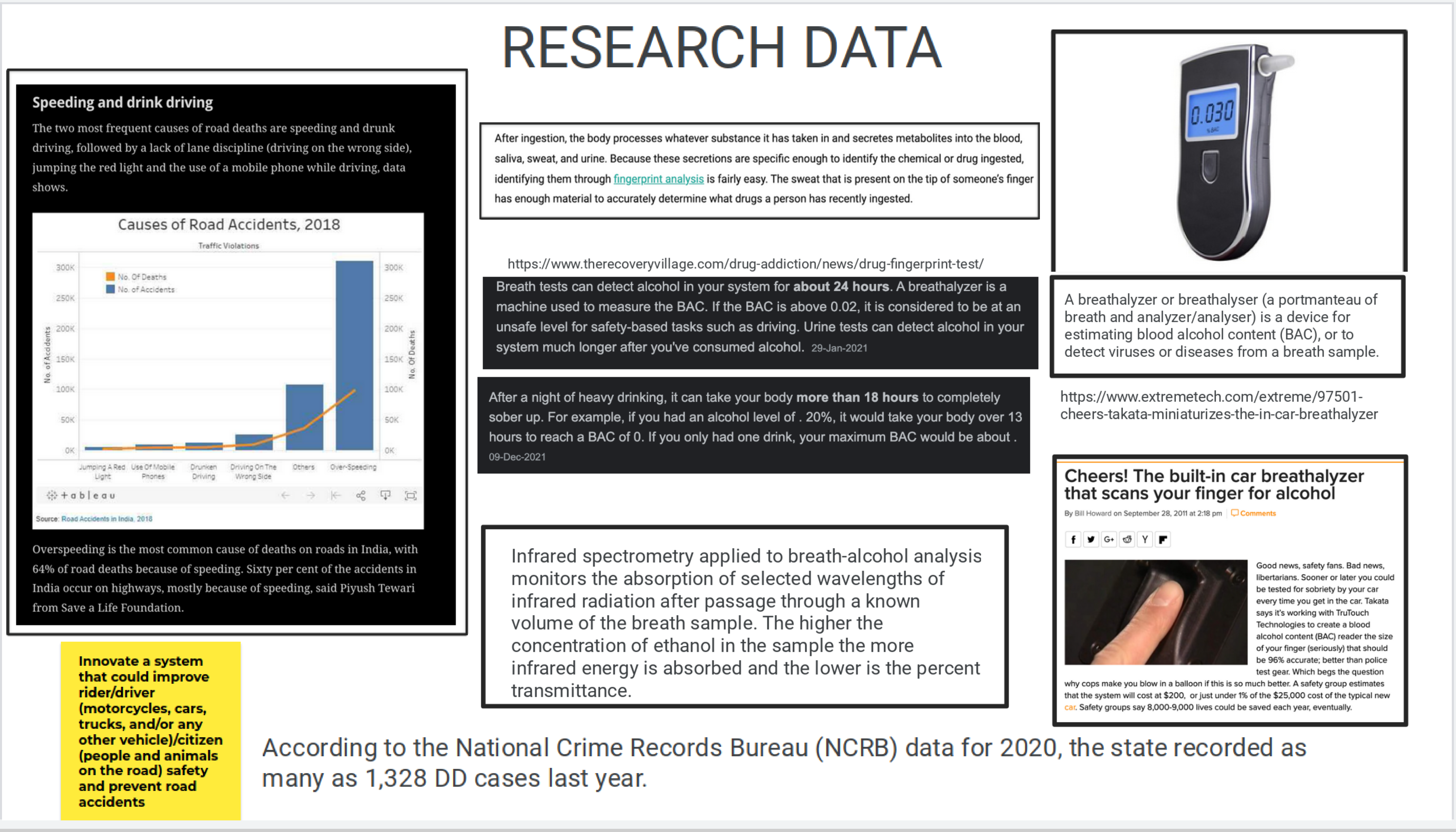The Covid pandemic is a clarion call for increased sensitivity to the interconnected nature of social problems facing our world today. A future-oriented education on critical issues, such as those outlined in the United Nations Sustainable Development Goals (UN SDGs) and designing potential solutions for such problems is an imperative skill that must be imparted to children to help them navigate their future in today's unpredictable world. Towards this goal, we have been conducting 3.5 month-long mentoring programs for pre-university students in India to participate in a STEAM for Social Good innovation challenge conducted annually by the Government of India. Using digital and physical computing skills, we helped children explore creative solutions for social problems through a constructionist approach to learning, wherein they ideated and reflected upon the problems in their communities. The children learnt the Engineering Design Thinking process and worked in online groups of two or three, from concept to completion. Despite the constraints posed by the pandemic, they explored creative ways to think about design and innovation. They completed a variety of tasks by making, tinkering, engineering, assembling, and programming to grasp the intricate relationship between software and hardware. Subsequently, the children showcased their creative abilities through video storytelling to a panel of domain experts. In this paper, we present the children's perspective of their experiences through this journey, the evaluation metrics based on IEEE design principles, and our learnings from conducting this initiative as a university-school partnership model for 84 middle and high school students. The aspirational intent of this initiative is to make the children better social problem solvers and help them perceive social problems as opportunities to enhance life for themselves and their communities.
翻译:为了实现这一目标,我们一直在为印度大学前学生举办为期3.5个月的辅导方案,让他们参加印度政府每年举办的社会良好创新挑战STEAM。我们利用数字和物理计算技能,帮助儿童通过建筑学学习方法探索社会问题的创造性解决办法,在学习过程中让他们思考和思考社区的问题。儿童必须学习工程设计思考过程,并在从概念到完成的两到三组在线小组中工作。尽管流行病造成了各种制约,但我们一直在为印度大学前学生举办为期3.5个月的辅导方案,以参加印度政府每年举办的社会良好创新挑战STEAM。我们利用数字和物理计算技能,帮助儿童探索社会问题的创造性解决办法,例如联合国可持续发展目标(UN SDGs)中概述的问题,并设计这些问题的解决方案。儿童们从概念到完成,学习工程设计过程,在两到三组的在线小组中学习。他们探索了设计和创新的创造性方法。他们完成了各种任务,通过制作、修饰、工程、组装饰和编程来了解软件和硬件之间的复杂关系。随后,儿童们通过视频故事和学习他们现在的创意领域,我们学习了这个学习的学习模式,学习了学校儿童。

